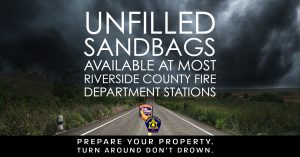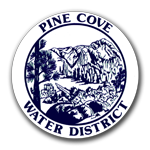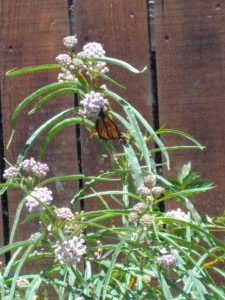Posted by admin on December 27, 2022
The weather station is predicting some inclement weather coming up soon. Here are some reminders of important steps you can take to protect yourself, your pet (if applicable) and your dwelling during very cold, icy and snowy conditions. These steps will help you be prepared for any extreme freeze in your area and help you stay safe and warm.
Pitch In:
When cold weather and extreme snow storms hit, it is important for everyone to pitch in and be a community. Things you can do to help include: If you are clearing snow from your car or around it, please place any snow onto grassy areas. Please don’t place snow onto sidewalks, roadways, fire hydrants or other areas that have already been cleared.
Heat:
Set your heater on at least 60-65 degrees and leave it on until any threat of a freeze is over. If there is an extreme risk of freezing, leave your faucets dripping a very small amount of water – both your hot water and cold water. Leave cabinet doors under any sink area open so warm air can circulate around pipes.
Space Heaters:
We recommend that you not utilize a space heater unless absolutely necessary. But, if you are utilizing one there are important steps you must take. Please read the manufacturer’s instructions and warning labels carefully.
Some key things to consider include:
Keep it at least three feet away from any other object – including papers, clothing and rugs – and maintain a three-foot radius around the space heaters. Place space heaters on level, flat surfaces. Never place heaters on cabinets, tables, furniture or carpet. Be sure to never leave a space heater unattended, and turn it off when you’re leaving a room or going to sleep. Plug space heaters directly into a wall outlet. Do not use an extension cord or power strip, which could overheat. Do not plug any other electrical devices into the same outlet as the heater.
Ovens & Candles:
Please do not in any instance ever use your oven to provide any heat. While it is ok to cook with the oven door closed, leaving oven doors open, even just a crack, can omit carbon monoxide (CO), which can lead to carbon monoxide poisoning. Never leave lit candles unattended or burning close to any papers, clothing, rugs or curtains.
Other Ways to Stay Warm at Home:
Consider placing rolled up towels at the base of any exterior door – especially any patio doors. This will help keep any slight cold drafts from entering. If needed, grab a blanket and a sweatshirt and head over to the warming center located at the town library. Consider grabbing a hot cup of coffee or tea on your way.
No Frozen Pipes:
Keep faucets running at a slow drip. This will ensure constant water circulation through the pipes and help prevent the water from standing still and freezing. Also, keep your dwelling heated to at least 60-65 degrees Fahrenheit. If the temperature falls below 60 degrees, the pipes may freeze and break, causing a leak that will more than likely affect not only your home, but all those surrounding you.
Braving the Cold:
If you have to go outside, dress in lightweight layers. Using several thinner layers can provide better insulation than one or two thick layers. If possible, the first layer should be long underwear made out of a nonabsorbent material. If you have to be outside for an extended period of time, make sure your feet stay dry. This is key to keeping our bodies warm. To keep feet dry in cold, snowy weather, wear waterproof boots and socks made of fleece, IsoWool or similar type fabrics. In extreme winter conditions, ice accumulation is often inevitable. Please take extra caution when navigating exterior stair wells, sidewalks, parking garage/lots, etc..
Keeping Pets Safe & Warm:
Our pets will need to go outside regardless of weather conditions. So if you are a pet owner, put booties on their paws before taking them outside. Cold air, sleet and snow can give pets chapped paws and itchy, flaking skin. And if their paws aren’t covered, pets can risk exposure to dangerous chemicals from ice-melting agents that they may then lick off of their bare paws. Again, if you don’t have booties available, your socks will do the trick. And be sure to check their paws when they come inside as chunks of ice can get stuck in between their paws.
Don’t Forget Your Ice and Snow-Covered Car:
Keep your gas tank full. Cold temperatures can cause condensation to form on the walls of a nearly empty gas tank. Soon, that water can drip down into the gas. Since water is heavier than gas, it will eventually sink to the bottom of the tank, where it can make its way into the fuel lines and freeze, blocking the flow of gas into your engine and stranding you.
Stay safe and warm this season.
Posted in: Around the District, Community, Customer Infomation, From the Office, Hazardous Weather Outlook, Leaks, Pets and Animals, Pine Cove Water District, Snow, Storms, Weather, Winter






